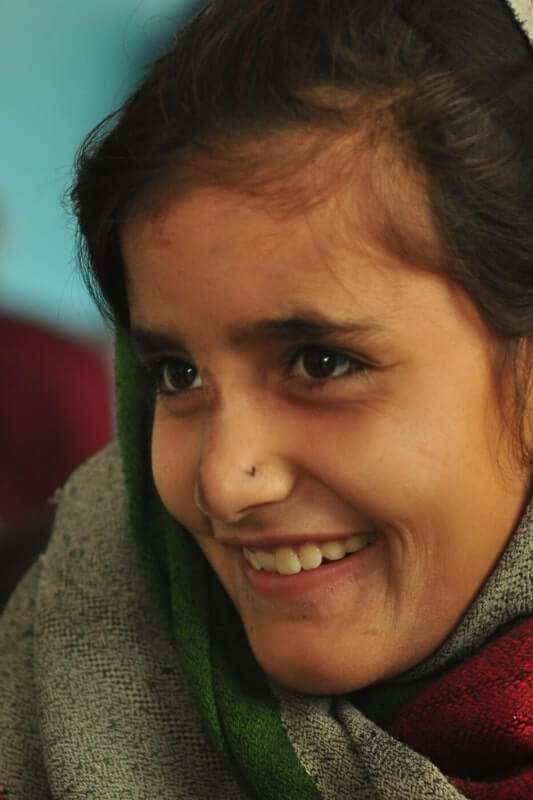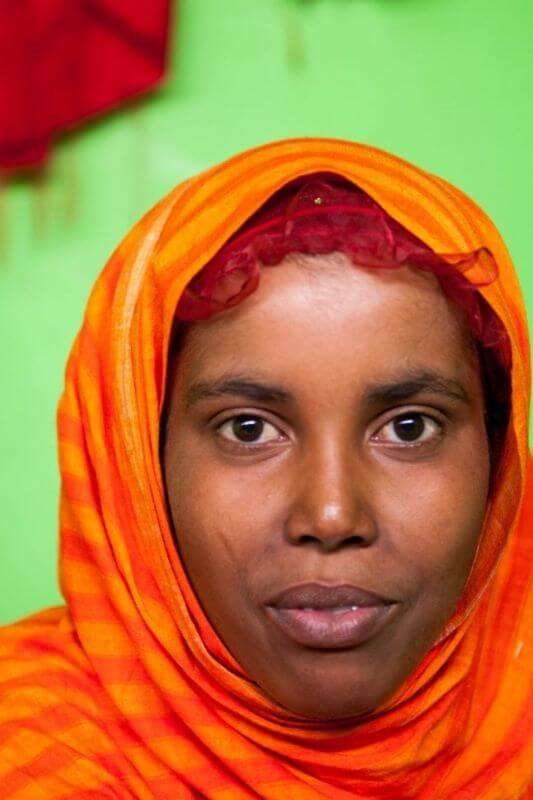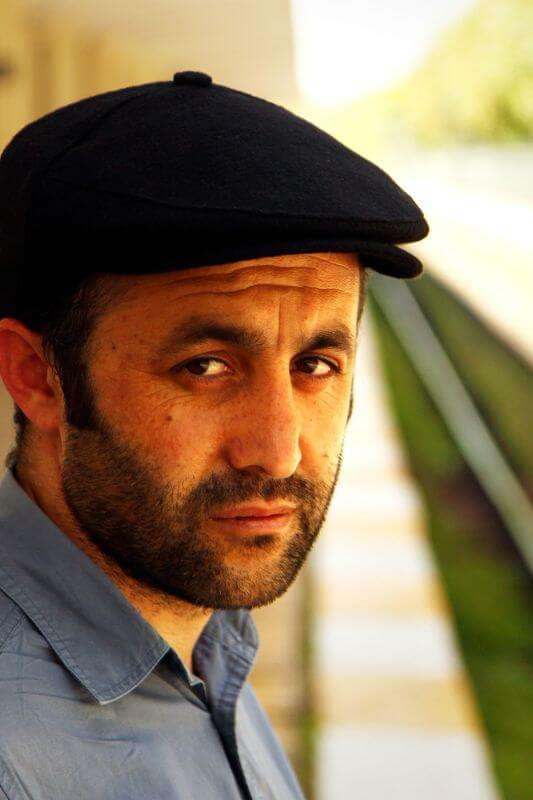
Unreached People Groups of North America
UPGNorthAmerica.com seeks to mobilize prayer warriors and laborers among the most significant unreached people group communities in North America. God has provided a unique opportunity in this age of mass migration and technological connection. UPGNorthAmerica.com helps the unreached people groups in North America become visible. Once Christians know more about them and have seen them (even if virtually), barriers are broken, bridges are created, and a sense of responsibility is gained as we become aware of the open doors for the gospel before us.

Afghans

Indian Hindi

Somalis

Turks
Virtual Prayer Walks
Take A Virtual Prayer Walk
Map of the Most Significant Unreached
People Group Communities in North America
This dynamic map is automatically updated from the UPG Priority Matrix. The UPG Priority Matrix identifies the most significant unreached people group communities in North America for whom prayer and laborers are needed (Luke 10:2). The icons on the map represent an unreached people group’s primary religious identity: Muslim, Sikh, Jewish, Buddhist, or Hindu. You can select an icon for more details about a particular unreached people group community. You can also filter the map however you would like using the filter tool (use Ctrl/Cmd to select multiple options). For a short explanation of the filter categories, expand the module below. For a longer explanation of the UPG Priority Matrix, visit this FAQ page from Global Gates.
Explanation of Map Filter Categories
People Group
The primary identity of the unreached people group. In North America, sometimes the group more strongly identifies, organizes, and socializes on a nationalistic level (e.g., Pakistani) more than a purely ethno-linguistic level (e.g., Sindhi). Sometimes the people group name is associated more with language than an actual people group identity because of people’s tendency to organize around those who speak the same primary language (e.g., Indian Hindi).
Priority Score
The priority score is factored using the following weighted categories: the people group’s population size in a city, amount of Christians among that people group in the city, amount of ministry being done among that people group in the city, amount of churches started for that people group in the city, the global significance of a people group’s presence in a city, and the people group’s global status of evangelical Christianity. The higher the score, the more that people group is in need of prayer and gospel laborers.
Primary Religion
This category simply identifies the primary religious identity of a people group (e.g., even though a significant minority of Bangledeshis are Hindu, the majority of Bangladeshis identify as Muslim and thus appear under Muslim).
Primary Country of Origin
This category indicates the primary country from which a people group originates. In our modern world, people are sometimes migrating multiple times before arriving in North America. We are identifying not necessarily from where a people group is migrating from but where they originate. For example, many Tibetans migrate from India and Nepal to North America, but their primary country of origin, at least on a globally recognized geo-political level, is China.
Region of Origin
The region of origin is the general region of the world from which a people group originates in recent history. For example, many of the Jewish groups on the list are under Europe.
GSEC Score
The Global Status of Evangelical Christianity index number is listed under the people group’s profile on peoplegroups.org (and sometimes joshuaproject.net). On these sites, we look at the GSEC score for the country where the people group’s population is largest for the best representation of a global number. We then enter a score on our Matrix from 0-100 based on the GSEC score (GSEC 0=100, GSEC 1=65-95, GSEC 2=35-60, GSEC 3=5-30).
The Global Status of Evangelical Christianity scores are as follows:
0 = No evangelical Christians or churches. No access to evangelical print, audio, visual or human resources.
1 = Less than 2 percent evangelical. Some evangelical resources available. No active church planting within the past two years.
2 = Less than 2 percent evangelical. Initial or localized church planting within the past two years.
3 = Less than 2 percent evangelical. Dispersed or widespread church planting within the past two years.
Population Size in City
This category identifies the estimated population size of the people group in a particular metropolitan area. A people group has to number at least 5,000 in a metropolitan area to make this list and map (i.e., we are not identifying all unreached people group communities in North America, only those that are most in need of prayer and laborers). For information on people groups smaller in size, try searching on peoplegroups.info.
Churches Started in City
One of the ways to identify unreached people groups is there are no, or too few, local churches in which a people group can be easily incorporated. Therefore, this category measures church planting efforts in a metropolitan area to see if there are:
- No churches remotely similar in culture to an unreached people group. Matrix score = 100.
- Non-evangelistic or near-culture churches to an unreached people group (e.g., a Syrian Arab Christian-background church might speak the same, or similar language, as Egyptian Arab Muslims but would not easily incorporate an Egyptian Muslim-background family, or even a Syrian Arab Muslim-background family, because of cultural difference and/or animosity toward Muslim-background people). Matrix score = 60-95.
- At least one evangelistic church that could easily incorporate the focused people group (e.g., a Bangla-speaking church w/ over one-half of their members being recent Muslim-background converts would likely be active evangelists among Bangladeshi Muslims and able to incorporate new believers into their fellowship or start new churches among them). Matrix score = 40-55.
- Several evangelistic churches among the people group who are actively evangelizing their people and could easily incorporate new believers into their churches or start new churches among them. If several evangelical churches exist among a people group in a specific metropolitan area, the need for cross-cultural workers is greatly diminished. Matrix score = 15-35.
- A church planting movement is taking place among an unreached people group in a metropolitan area. That is, disciples and churches are multiplying rapidly with indigenous leadership. If such a movement is taking place, cross-cultural evangelists are not needed. In fact, they could actually hinder the movement. Matrix score = 5-10.
